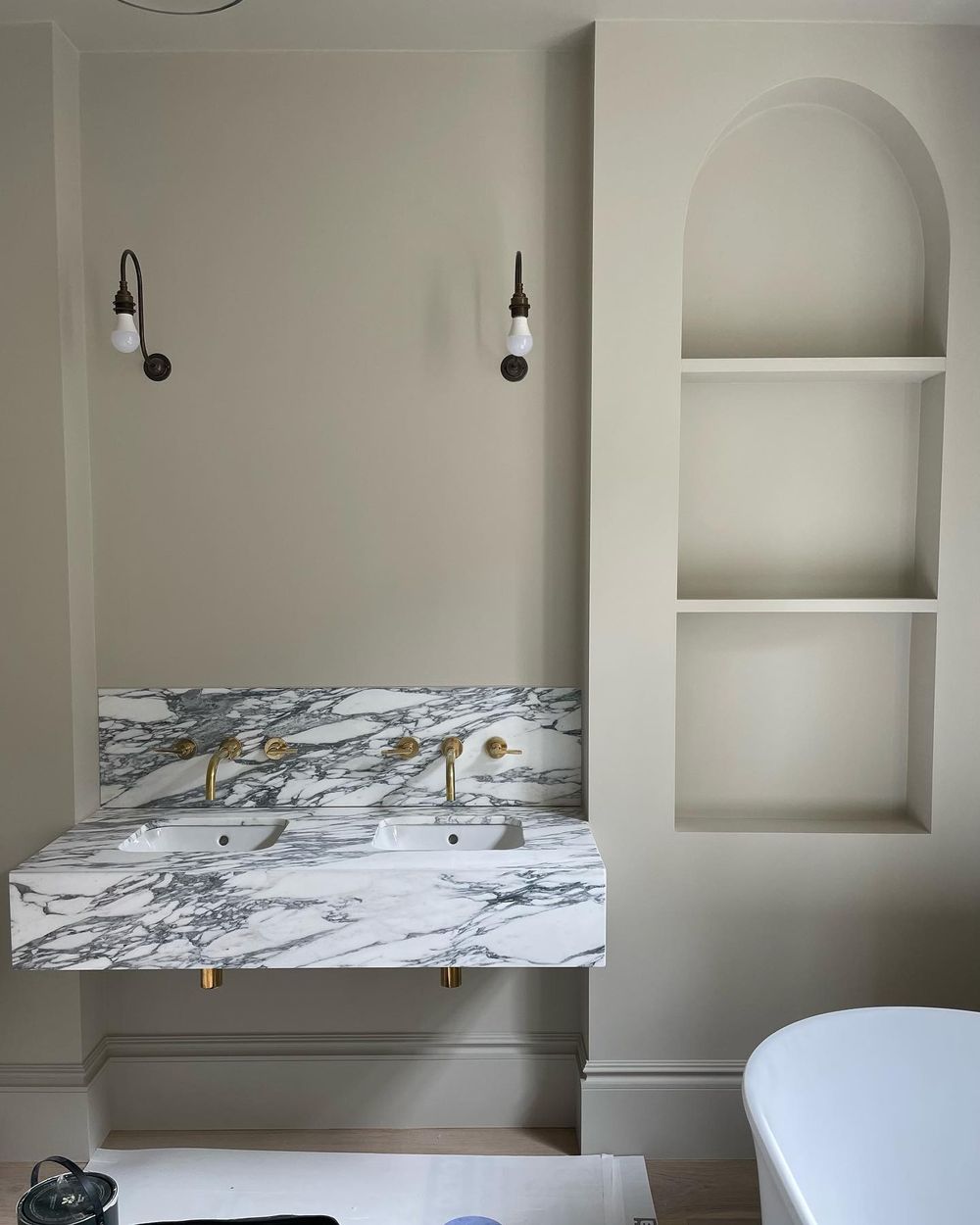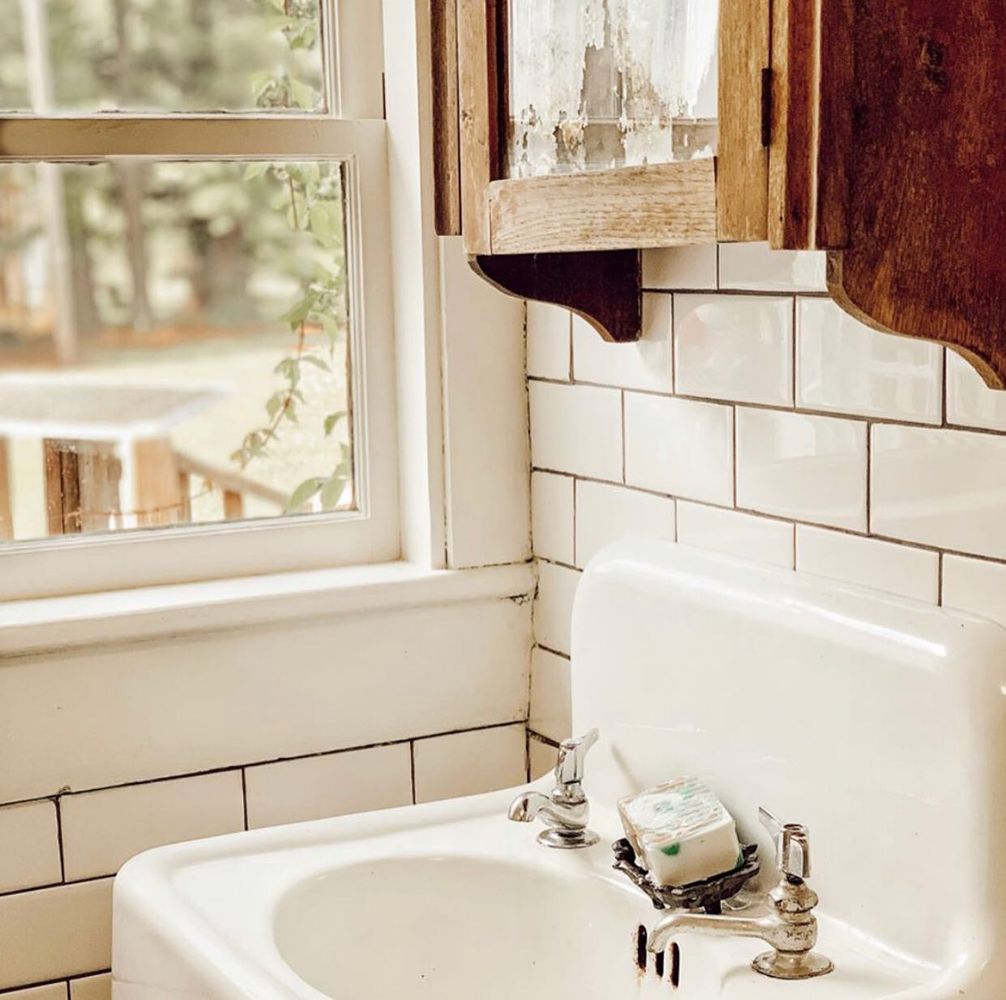Whether you’ve just purchased your first fixer-upper or finally mustered the courage to remodel at home, congratulations on taking the exciting leap into the world of home renovation. As a beginner, navigating the task of remodeling can be a daunting assignment, filled with countless decisions and unexpected challenges. But fear not!
We’ll be your trusted guide, sharing the best remodeling tips specifically tailored to beginners like you. From planning and budgeting to choosing the perfect color scheme and tackling DIY projects, we’ll equip you with the knowledge and confidence you need to transform your living space into a stunning haven.
So, roll up your sleeves, grab a cup of coffee, and let’s talk remodeling for the first time!
5 Stages of Remodeling
The remodeling process generally consists of five stages, which help organize and guide the project from start to finish. Here are the five stages of remodeling:
- Planning and Research: This stage involves defining your remodeling goals, conducting research, and gathering inspiration. You’ll assess the areas of your home you want to renovate, explore design ideas, create a budget, and possibly consult with professionals to discuss your vision.
- Design and Conceptualization: In this stage, you’ll work on the design aspect of your remodel. It includes creating floor plans, sketches, or 3D renderings to visualize the proposed changes. You’ll select materials, finishes, colors, and fixtures, considering both aesthetic appeal and functional requirements.
- Pre-construction Preparation: Once the design is finalized, the pre-construction stage begins. This involves obtaining any necessary permits or approvals from local authorities. It’s crucial to adhere to building codes and regulations to ensure a safe and legal remodeling process. You’ll need to prepare the site by clearing the space, protecting existing structures, and ordering materials.
- Construction and Execution: The construction phase is where the actual remodeling work takes place. Contractors and tradespeople will handle the demolition, construction, installation, and finishing tasks according to the project plan. Regular communication with the professionals involved is vital to address any concerns, track progress, and ensure the project stays on schedule.
- Post-construction and Finishing Touches: Once the construction work is complete, it’s time for the final stage of remodeling. This involves inspections, making any necessary adjustments or repairs, and adding the finishing touches. It includes tasks like painting, installing trim, applying sealants, and cleaning the area. This stage concludes with a final walkthrough to ensure everything meets your expectations.
Home Renovation Order
What is the best order to renovate a house? When renovating a house, a general order can be followed.
Begin by addressing any structural repairs, ensuring the stability and integrity of the property.
Next, update the electrical and plumbing systems, followed by the HVAC system for efficient heating and cooling.
Upgrade windows and doors for energy efficiency and security.
Prioritize insulation and energy efficiency measures, then proceed with interior renovations, including the kitchen, bathrooms, and living spaces.
Install new flooring, apply finishes, and focus on exterior improvements for enhanced curb appeal.
Remember that instead of following a pre-determined order, it’s best to consult professionals for guidance tailored to your specific renovation project!
Remodeling Project Tips
Here are some remodeling tips specifically designed for beginners venturing into their first renovation project:
Define Your Goals
Start by clearly defining your remodeling goals. Identify the specific areas or aspects of your home that you want to change or improve. This will help you stay focused and make informed decisions throughout the process.
Set a Realistic Budget
Determine your remodel budget early on and stick to it. Research and gather quotes from contractors or suppliers to get a sense of the costs involved. Remember to account for unexpected expenses that may arise during the project.
Plan, Plan, Plan
Before picking up a hammer, invest time in meticulous planning. Create a detailed timeline, outline the tasks involved, and gather inspiration from magazines, websites, or social media platforms. This will help you visualize your desired outcome and make informed choices along the way.
Research Contractors and Suppliers
If you’re planning to hire professionals, do thorough research before making any commitments. Read reviews, ask for recommendations, and interview multiple contractors to find the one that best suits your needs and budget. Similarly, research suppliers to ensure you get quality materials at competitive prices.
Start Small
If you’re new to remodeling, consider starting with smaller, manageable projects. This allows you to gain experience and confidence before tackling more extensive renovations. You can begin with painting a room, updating hardware, or installing new light fixtures.
Safety First
Prioritize safety throughout your remodeling journey. Use appropriate safety gear, such as goggles, gloves, and masks, when handling tools or working with potentially hazardous materials. If you encounter any electrical or plumbing issues, it’s advisable to consult professionals.
Embrace DIY but know your limits
DIY projects can save you money and provide a sense of accomplishment. However, be realistic about your skills and knowledge. Some tasks, such as major electrical or plumbing work, are best left to professionals. Don’t hesitate to seek expert help when needed.
Choose Timeless Design
When making design choices, opt for timeless elements that will stand the test of time. Trends come and go, so prioritize classic styles and neutral colors for major fixtures and finishes. This way, your remodel will remain visually appealing and relevant for years to come. It’ll also be easier to resell your house when the right time comes!
Consider Functionality
While aesthetics are essential, don’t overlook the importance of functionality. Ensure that your renovated space meets your practical needs and enhances your daily life. Think about traffic flow, storage solutions, and the overall usability of the space.
Be Prepared for Delays
Remodeling projects often encounter unforeseen delays or obstacles. Prepare yourself mentally for potential setbacks and remain flexible in your approach. Maintain open communication with contractors and suppliers to manage expectations and adapt to any changes!
Remember, always expect the unexpected when renovating. Remodeling is a journey filled with learning experiences and exciting transformations. By following these tips and approaching your project with a healthy dose of enthusiasm, you’ll be well on your way to creating the home of your dreams. Good luck!




